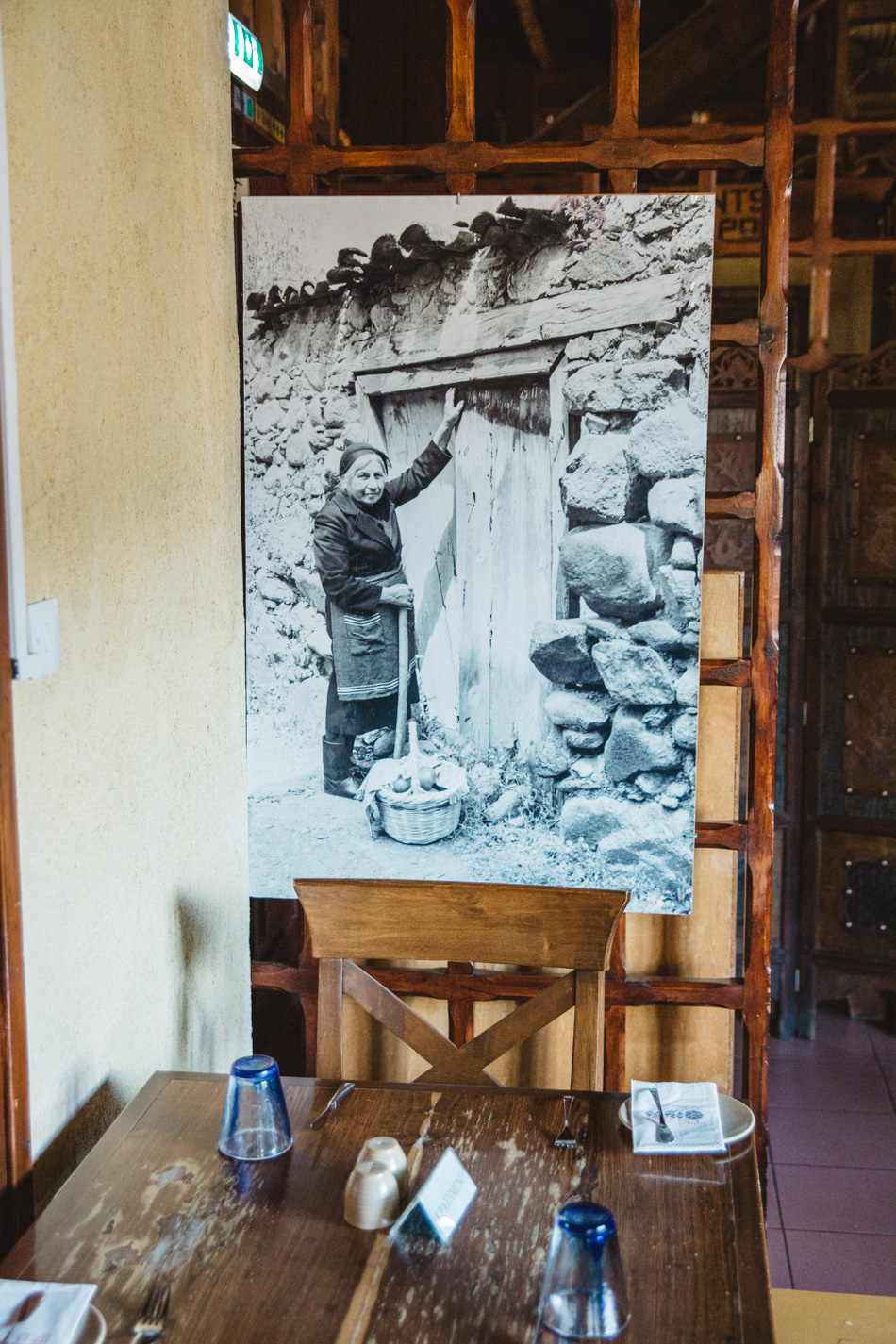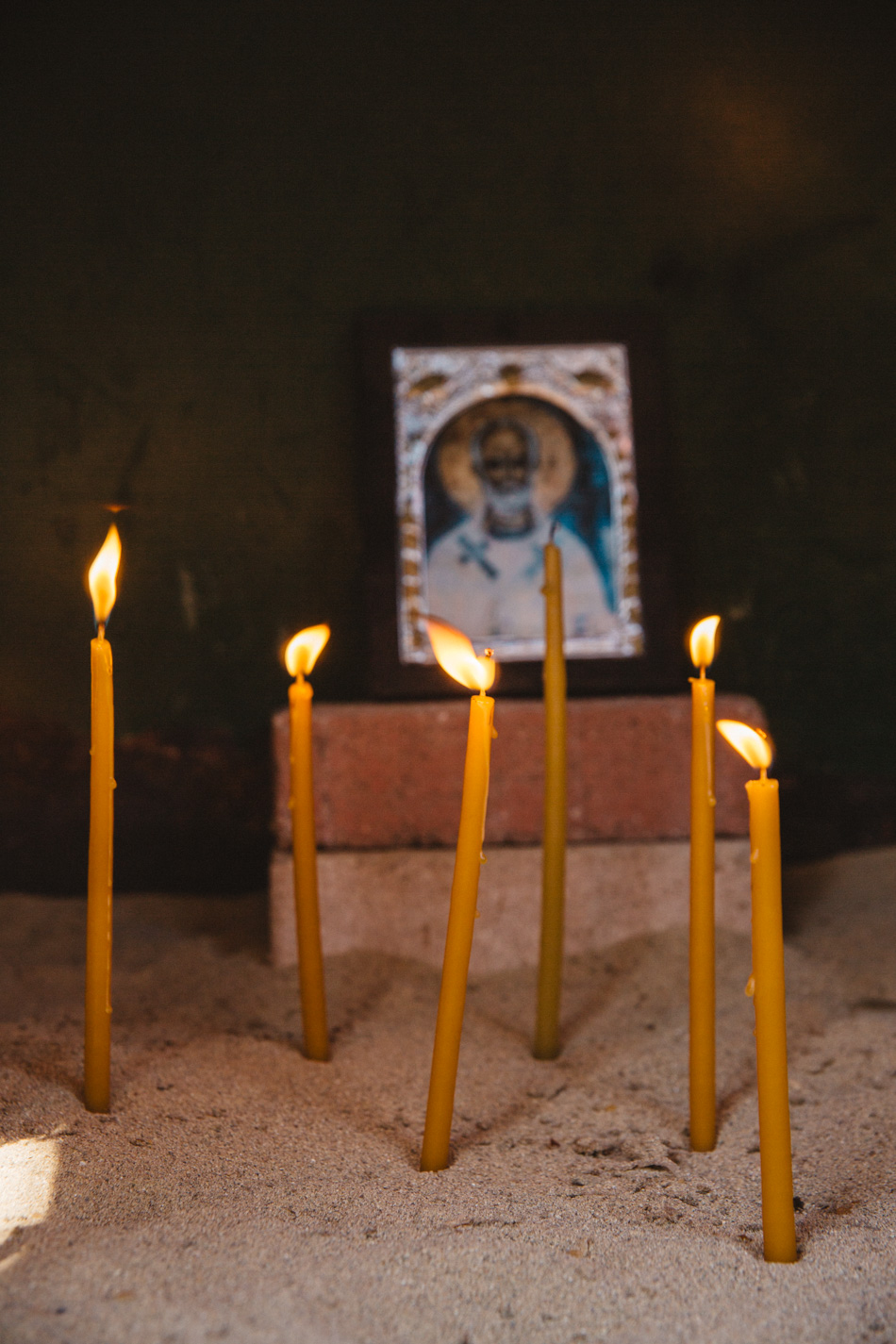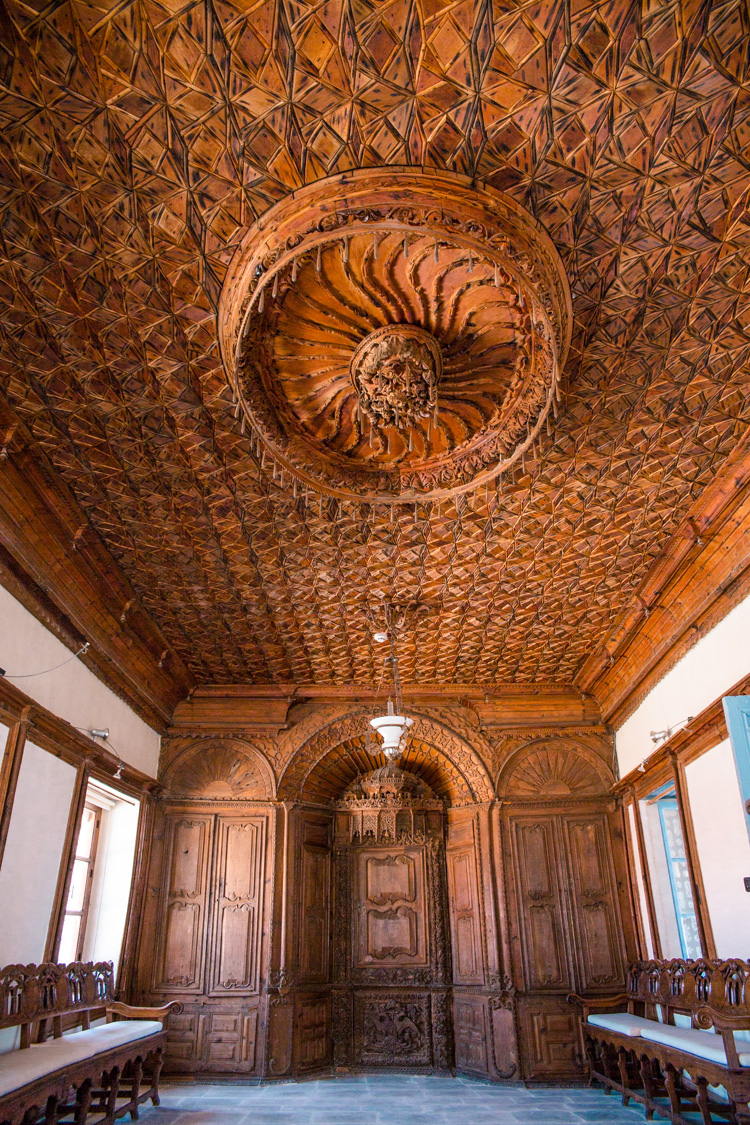Cyprus can be seen as a melting pot of different cultures.
You could also describe the island’s cultural background as many colorful and unique pieces that fit together to create a beautiful picture or a cultural mosaic.
The island has had an array of influences by people from different cultures over the years.
From the moment you step foot on this Mediterranean island, you’ll feel the cultural and historical magic and the significant footprints that the different inhabitants and bypassers have brought to Cyprus.
When you meet the locals living in Cyprus today and get to know their culture, you’ll soon realize that no two villages are the same.

The History of Cypriot Culture
The island has a storied past with enough tales to keep you busy for a couple of campfire conversations. Cyprus’ rich cultural history takes us back 11,000 years, which means that it’s without a doubt one of the oldest civilizations in the Mediterranean.
The island is situated between three continents, namely Asia, Europe, and Africa, which explains the different cultures that have found a haven in Cyprus and made it their home.
The Prehistoric Age inhabitants of Cyprus were the first Cypriot occupants. There are still many remains of their ancient civilizations on the island and it wasn’t long before they were joined by Mycenaean Greeks, who formed the core of the island’s rich Greek history roots.
The Prehistoric Age inhabitants and Mycenaean Greeks weren’t the only cultural groups to inhabit Cyprus. It didn’t take too long for Phoenicians, Egyptians, Ottomans, Assyrians, Venetians, Romans, Franks, and British groups to discover the natural beauty of the island.
The Language(s) of the Land
Cyprus has two official languages, namely Greek and Turkish. However, the standard versions of these languages are only used for official purposes and you’ll hear a lot more Cypriot Greek and Cypriot Turkish on the island.
A very small portion of the population speaks Armenian, Cypriot Arabic, and Kurbetcha, and there are some locals who communicate in foreign languages, which include English, French, Russian, Bulgarian, and German.
Lastly, there are three sign languages spoken on the island, including Greek Sign Language, Turkish Sign Language, and Cypriot Sign Language.
Religious Tapestries: Christianity and Islam

Religion plays a big role in Cyprus and the religion that most locals associate themselves with plays a big role in their cultural beliefs. Here are the two main religions that the people belong to:
Greek Orthodox Christians
The biggest and most prominent religion on the island is that of the Orthodox faith. Most of the Cypriot population believe in the Trinity, which consists of the Father, the Son, and the Holy Spirit, and they attend the Greek Orthodox Church every Sunday.
Islam
The other prominent religion that you’ll find in Cyprus is that of the Islamic faith.
These believers, who are referred to as Muslims, serve God in every way they can and they get their rules and instructions from the Quran, their religious text. Every Friday, all of the Muslims residing in Cyprus gather at their local Mosque to worship and pray.
Religious Festivals and Celebrations
Big festivals and celebrations are very important to Cypriot locals, as it’s the perfect way to honor their culture and religion. Here are some key festivals that you may come across when visiting the island:
Limassol Carnival Festival
There are many small Carnival festivals held around the island of Cyprus but the one in Limassol is definitely the biggest.
The celebration originated in Greece and it starts on Shrove Thursday, which is the last day of meat. On this day, the festivities begin with the Carnival King entering the town. Shortly after, the children’s parade is held and it’s followed by various Serenades’ shows. Lastly, there’s the Grand Carnival Parade, which is on the last Sunday of the festival.
Easter
Easter is the Greatest Holiday of the Orthodox Church and Holy Week is a big deal for Cypriot locals. Sarakosti or lent, which is a religious fasting, kicks off the festivities and on Holy Thursday all family members will gather to bake Flaounes and dye eggs and in the evening, they go to the church to mourn Christ’s crucifixion.
On Holy Friday, Epitafios takes place. The Epitafios is decorated with flowers and carried around the church by young men and the rest of the community follows.
The spine-tingling church service that takes place on Holy Saturday involves people banging the doors and seats when they hear that Christ has risen from his grave. At midnight, Lambratzia takes place and it’s followed by a huge festive family meal, where the dyed eggs are cracked.
Pascha or Holy Sunday is the biggest celebration of the week and it involves a tremendous family gathering and enough food for a year. Lastly, on Holy Monday, the villages and communities come together to play traditional games.
Cultural Cypriot Cuisine
Food is life and the Cypriot locals sure know how to turn a simple dish into something enchanting. The different traditional meals on the island have come a long way along with their cultural roots and significance. Here are some meals that are associated with different Cypriot cultures:
- Meze and the Turkish Culture
- Halloumi and the Greek Culture
- Souvla and the Cypriot Culture
- Moussaka and the Greek/Turkish Cultures
- Kleftiko and the Greek Culture
- Kebabs and the Egyptian Culture
- Baklava and the Ottoman Culture
The Rhythm of Cyprus
There’s no way that the people of Cyprus are going to sit still during their big festivals and celebrations. Instead, they partake in traditional cultural dances and listen to popular musical forms that mean something to them. Here are some examples of Cypriot music and traditional dances:
Music
- Rebetiko
- Laiko
- Kalamatianos
- Sirtaki
- Hasapiko
- Karsilamas
- Leventikos
Dances
- Syrtos
- Zeibekiko
- Tatsia
- Sousta
- Syrtos
- Ballos
- Karotseris
Cultural Cypriot Art and Craftsmanship

Those who aren’t busy winemaking or cooking up a storm on the island partake in various traditional crafts to keep them busy. Here are some crafts that have come with the different cultures of Cyprus:
Pottery
Cypriot inhabitants have been keeping themselves busy and expressing their artistic abilities with pottery since the Neolithic period. There are many works by ancient Cypriots on display in the museums but you could admire traditional pottery with a simple visit to one of the villages.
Weaving
Weaving is traditionally done by the women in Cyprus but that hasn’t stopped some men from joining in on the fun. The main type of weaving is called Fythkiotiko and you’ll be able to identify these works by multicolored geometrical shapes.
Lefkara lace
This lace-making method forms a part of the intangible cultural history of Cyprus. Women combine four elements, namely the hemstitch, cut work, satin stitch fillings, and needlepoint edgings to create the most beautiful designs.
The Importance of Kinship in Cyprus
While it’s true that family is important in most cultures, families in Cypriot society appreciate each other even more than their food and wine. The families in Cyprus are typically very large and they tend to live very close to each other.
In terms of closeness and bonds, there’s a thin line between immediate and extended family because both are regarded as family and they don’t care about any difference between the two. In some cases, cousins may have closer bonds than actual brothers or sisters.
The elderly or oldest family members sit at the top of the family hierarchy and they are highly respected. At the bottom of the hierarchy, the children always remain close to their parents, who have a lot of say over their lives, even when they move out and get married.
Modern Cyprus: Where Tradition Meets Trendiness
Cypriot locals aren’t as stuck in their roots as you may think.
They have started incorporating modern cultural influences over the years and today, the Cyprus we know is much different than the Cyprus of a couple thousand years ago. Here are some examples of these modern cultural influences:
Pop music
While the people of the different cultures living on the island keep their traditional music close to their hearts, many pop artists are sprouting from the Cypriot villages.
Fashion
There are more and more world-famous designers popping up in Cyprus and they aren’t selling traditional clothing. Instead, they are trying out new styles and playing with modern fashion trends.
Art
If you think of Cypriot art, I’m sure oil paintings of wine villages and grapes come to mind. However, the arts scene is growing on this island and the works that come from Cypriot artists are becoming more and more contemporary.
The Endless Appeal of Cypriot Culture
It’s clear that Cyprus really is a melting pot or colorful mosaic of different cultures.
The island is rich in cultural history and every corner has a unique story to tell. If their traditional wines and meals aren’t captivating enough, they also have various exciting festivals to attend and more than enough crafts to take on.
As a matter of fact, the entire island can be defined as an open-air museum and it’s certainly something to experience at least once in your lifetime.
